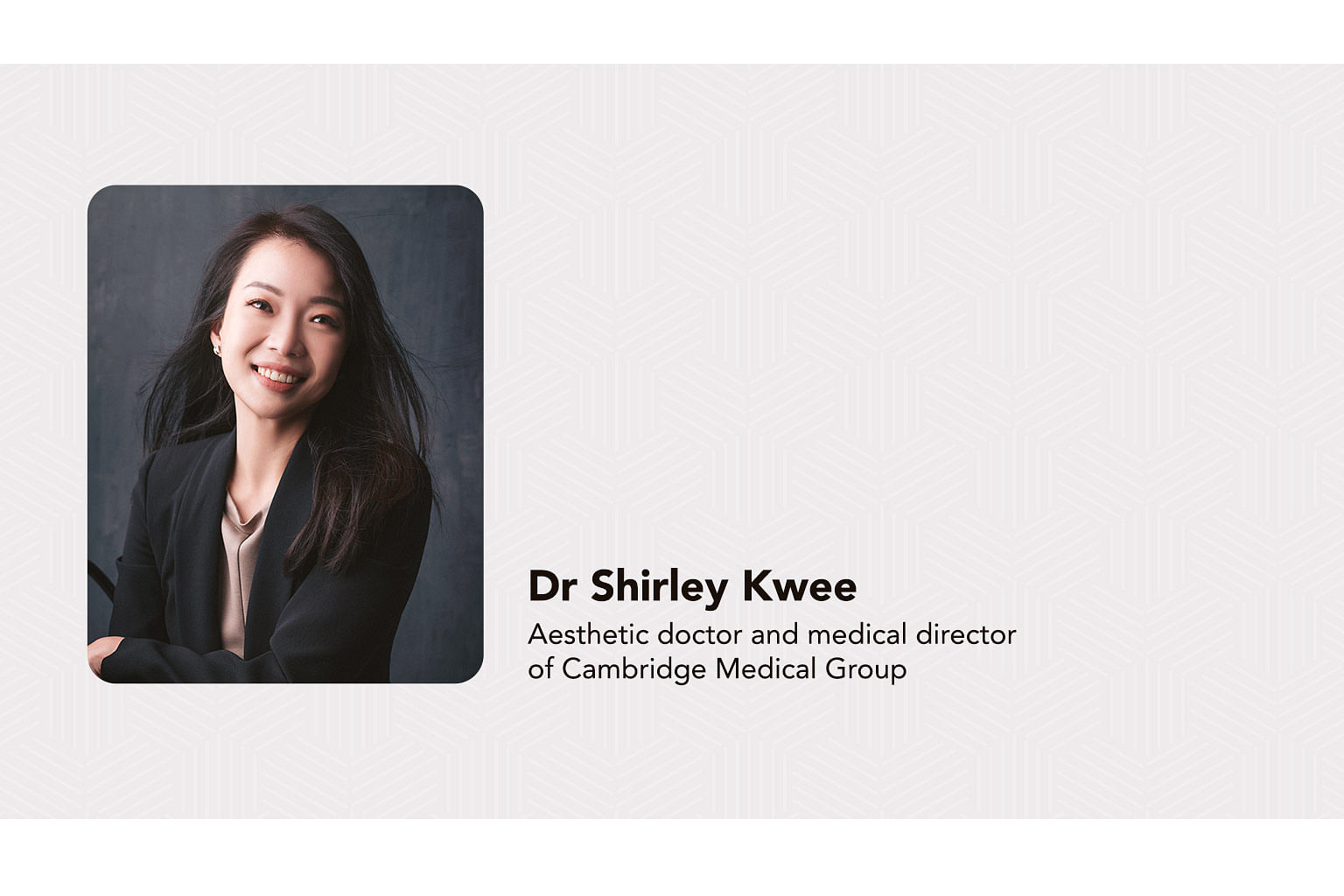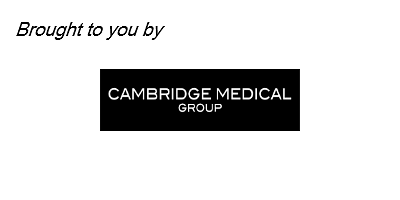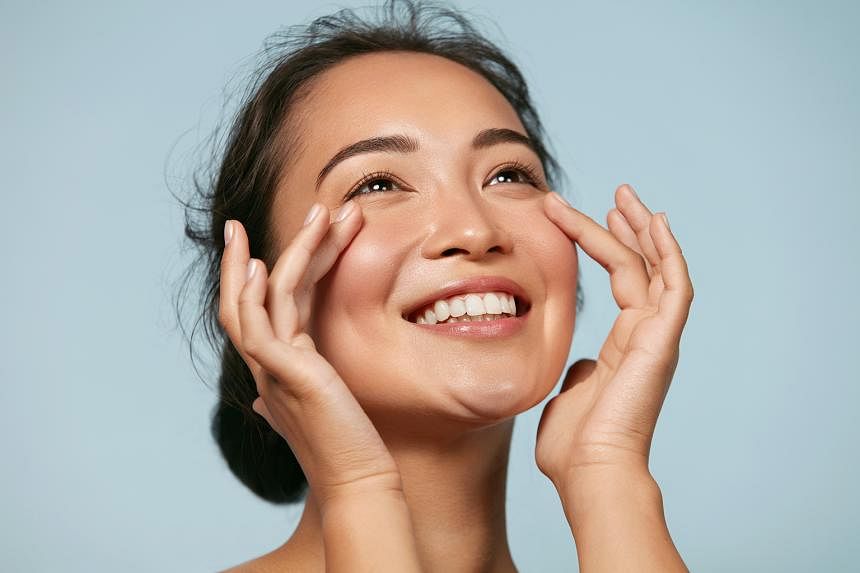With ageing, skin loses elasticity, resulting in the appearance of wrinkles, fine lines and sagging skin.
Facelifts are a cosmetic option to address the effects of these issues. While there are surgical options – which involve incisions – there are also minimally invasive procedures that can help you look more youthful without having to go under the knife or requiring major downtime.
Today, many prefer the subtle, more natural-looking results produced by minimally invasive aesthetics procedures, says Dr Shirley Kwee, aesthetic doctor and medical director of Cambridge Medical Group.
Some non-surgical options are more suitable for those with mild to moderate skin laxity, and other solutions are better at addressing ageing concerns.
“Different skin types and conditions affect what treatment suits you. Preference is also important. I would not recommend injectables if a patient does not want injections,” she adds.
Always start with a thorough consultation with your doctor, who will analyse your current skin condition, Dr Kwee says. This will help your doctor understand your needs and craft an appropriate treatment plan.
Here, Dr Kwee shares more about some of the minimally invasive facelift procedures available in Singapore.
Ultherapy: Tighter V-shaped face in 90 minutes
Ultherapy uses micro-focused ultrasound energy to target different depths of the skin to stimulate collagen production, which then helps to lift and tighten the skin around the face to produce a sharp V-shaped look.
Dr Kwee says the procedure takes around 30 to 90 minutes, depending on the treatment area, and the patient may notice a tighter and lifted appearance almost immediately.
Following that, the skin’s natural collagen production continues to be stimulated and peaks at three months. Effects tend to last for six to 12 months as new collagen fibres continue to form and mature.
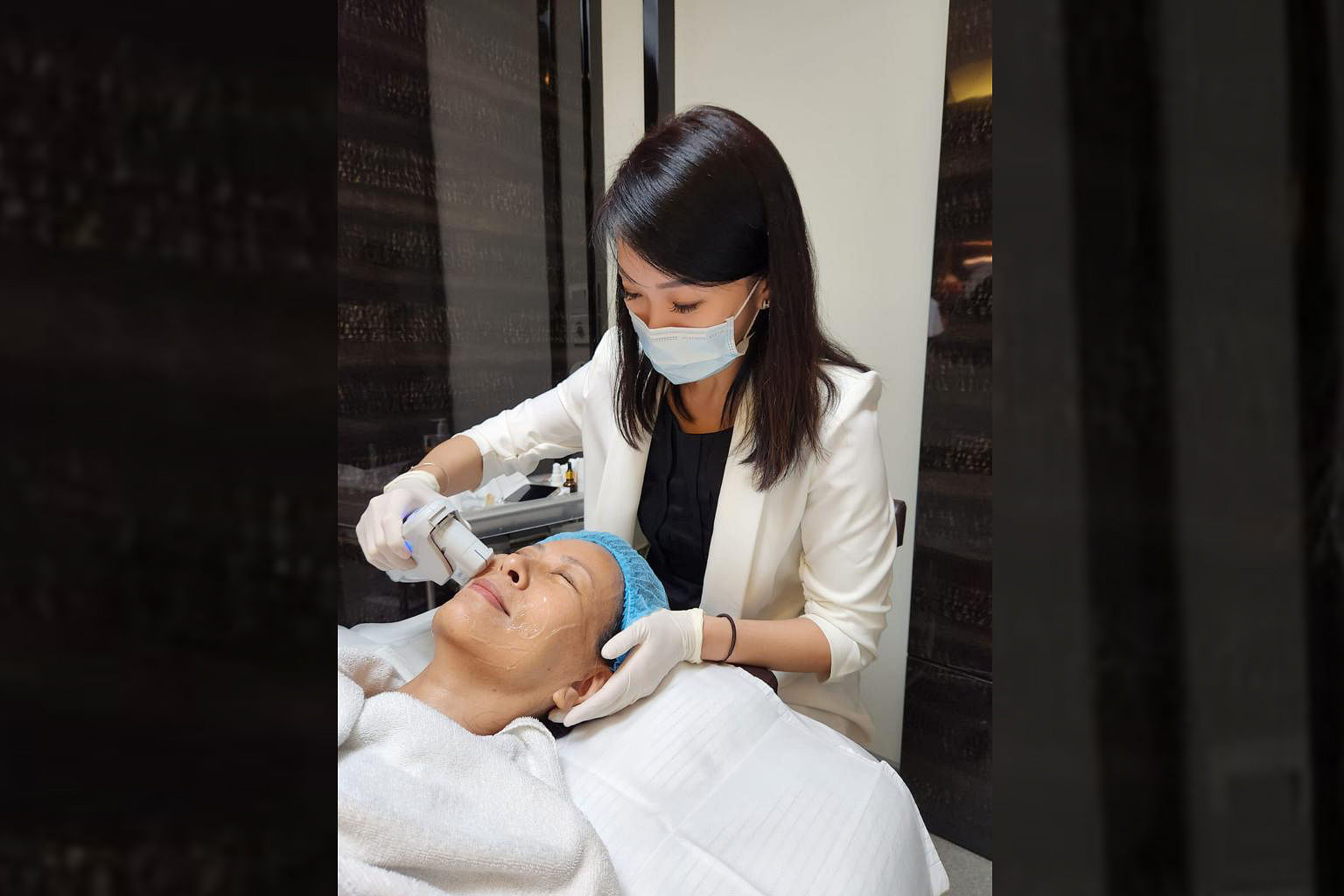
Patients may experience slight redness and swelling, which will subside in a few days. Dr Kwee says you can resume daily activities right after the treatment.
While there is no age limit for Ultherapy, it is not suitable for those who have cystic acne or open wounds, extremely saggy skin, skin that has been badly damaged by the sun, or pregnant or breastfeeding women.
Ultherapy is also suitable for other parts of the body such as the décolletage to reduce wrinkles, and saggy skin above the chest area, arms and thighs, buttocks and abdomen. It costs between $1,800 and $6,000 depending on the treatment area.
Thermage: Boosting collagen production for a more contoured look
Similar to Ultherapy, thermage uses radio frequency energy to heat the deeper dermis layers of the skin to stimulate collagen production, with the aim to tighten and lift the skin for a more contoured face.
Results are expected to be almost immediate, and the skin may continue to improve for up to six months. Most patients experience optimal results by the six-month mark, and effects are expected to last between 12 and 18 months, says Dr Kwee.
One treatment session is sufficient, but if you want to do more, you can do so after six months. Thermage is suitable for all skin types and tones.
Some minor redness and swelling are expected after the treatment, but they will subside within 24 hours. Patients can resume daily activities right after treatment.
“Thermage is usually recommended for patients above 50 years old, as those with more visible lines may benefit more from it,” notes Dr Kwee.
Women who have skin laxity around the stomach area after giving birth and want to reduce it, for instance, may also opt for the procedure. Price starts at $2,000.
Fotona 4D: Reduces scars and pigmentation while lifting the face
Fotona 4D is a laser treatment that uses non-ablative thermal technology in pulses to target different layers of the skin to stimulate collagen production.
It aims to lift and tighten the skin, and reduce buccal fat – the fat between your cheekbones and jaw bones – without surgery, while improving fine lines and wrinkles.
Fotona 4D is best suited for those aged 25 to 34 who want a smaller, V-shaped face or would like to reduce acne scars or hyperpigmentation. Those who are 35 years old and above can also opt for this procedure as it helps to lift the face and reduce saggy skin, wrinkles and fine lines.
Patients can expect to see results quite soon after the procedure, while gradual improvements are noticeable as the skin continues to produce collagen, says Dr Kwee.
Fotona 4D can also be used on other parts of the body, including the neck, abdomen, inner arms and thighs.
There is little to no downtime and the procedure, which costs $588 per session, lasts about 45 to 60 minutes.
“Patients are advised to undergo this treatment monthly at the initial stage so that the lifting effect that the 4D Fotona gives can be augmented,” says Dr Kwee. “At the initial stage, the result will usually last for only two to six weeks. So, for optimal results, the frequency of the treatments at the initial stage is essential.
“After the first six sessions, patients can start doing maintenance treatment at three-to-six-month intervals.”
Profhilo: Look rejuvenated with more hydrated skin
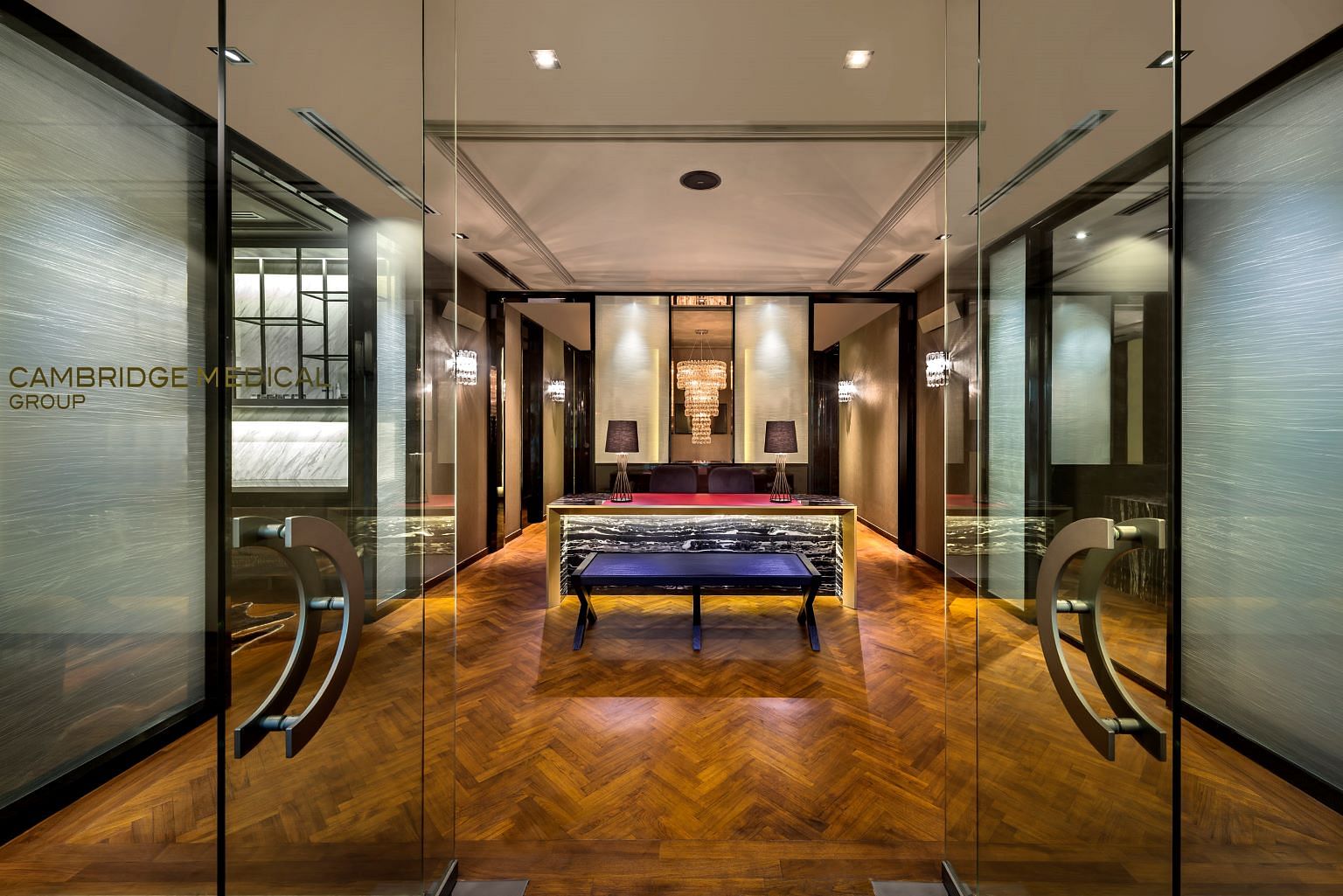
An alternative to machine-type treatments, Profhilo is an injectable that aims to hydrate and renew the skin, and reduce skin sagginess.
It is commonly referred to as an “injectable moisturiser” as it is made of ultra-pure hyaluronic acid, so it is also ideal for dry skin. The injectable contains a biostimulator which helps to stimulate collagen production.
Priced at $1,000 per session, the treatment aims to achieve plumper skin and improved tone and texture. It can also be used on the face, body or neck.
During the procedure, a topical numbing cream will first be applied. It will take about 20 minutes for the cream to take effect, after which the procedure will be over in five minutes.
“There is minimal to no downtime for Profhilo, and you can return to your daily activities right after. You may experience some redness at the injection points, but this will resolve within a day or two,” adds Dr Kwee.
Profhilo is recommended for those who want deep skin hydration and improved skin elasticity. For best results, it can be combined with energy-based treatments such as Ultherapy or Thermage, says Dr Kwee.
She recommends two treatment sessions within a 30-day interval, followed by maintenance treatments every six months.
Post-treatment, the effects are expected to improve, and you should achieve optimal results about one month after the second visit. Maximum results will kick in two to six months after that.
“You’ll notice that your face has more volume and looks more rejuvenated. Your skin will also feel firmer and bouncier. Over time, you may observe effects such as skin tightening, a reduction in fine lines and wrinkles, more luminous skin and a lifting effect,” says Dr Kwee.
Ultimately, there is no such thing as the most effective non-invasive treatment, but rather, one that would best treat your skin condition and get the results you seek.
“This is why a personalised treatment plan mapped out by your doctor is very important in achieving your desired results,” adds Dr Kwee.
For more information on all the treatments, visit Ultherapy, Thermage and Profhilo.
